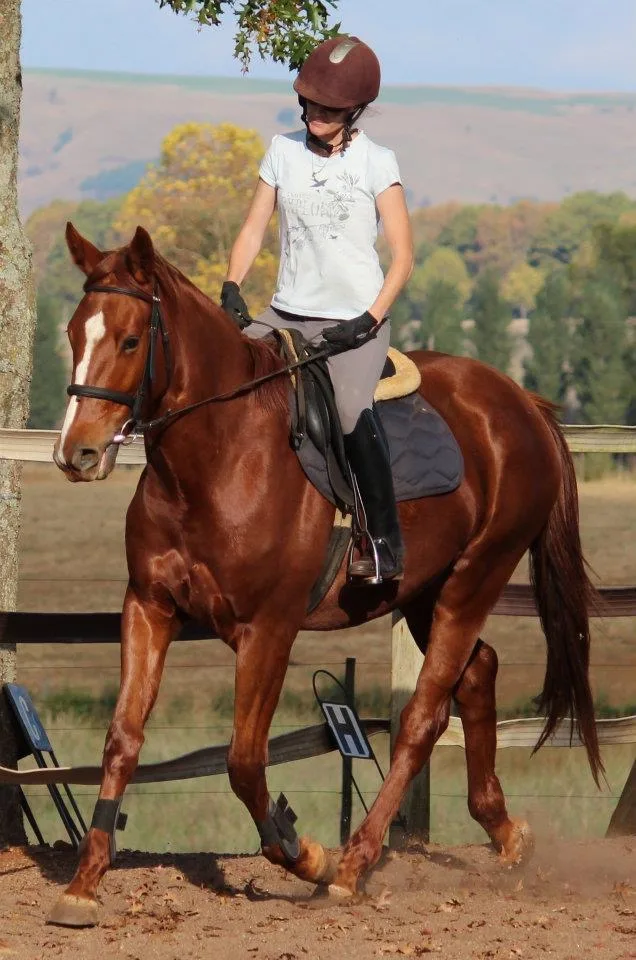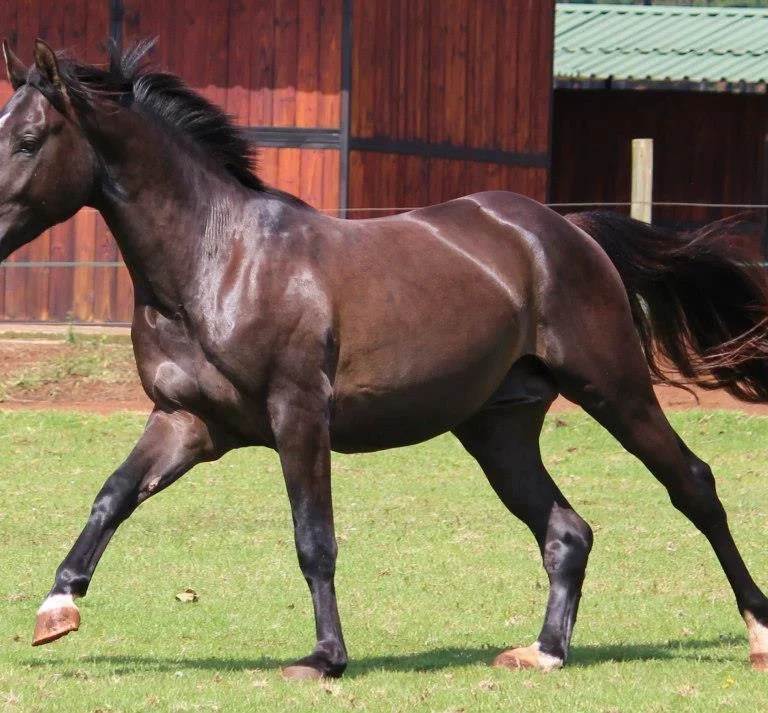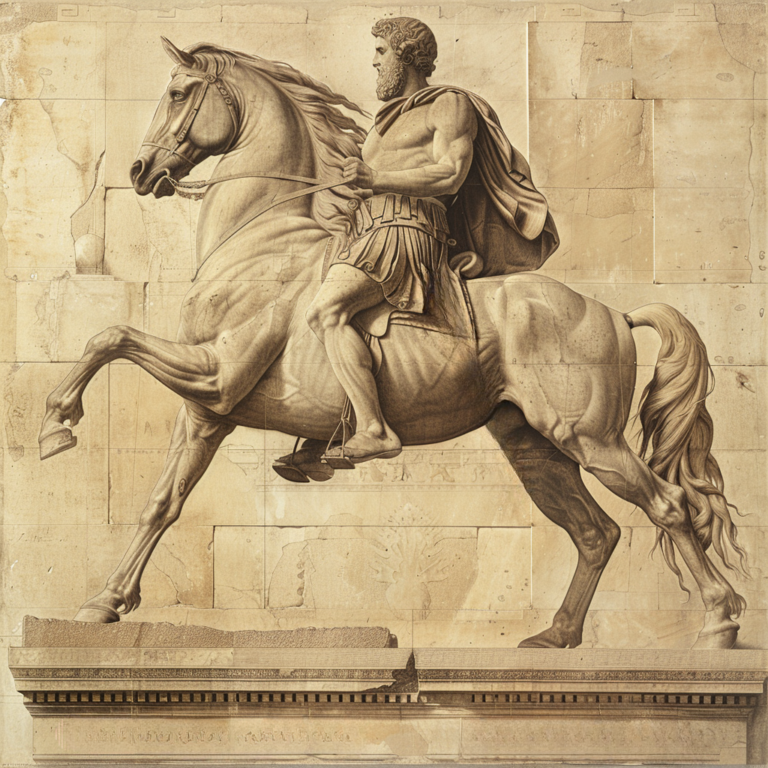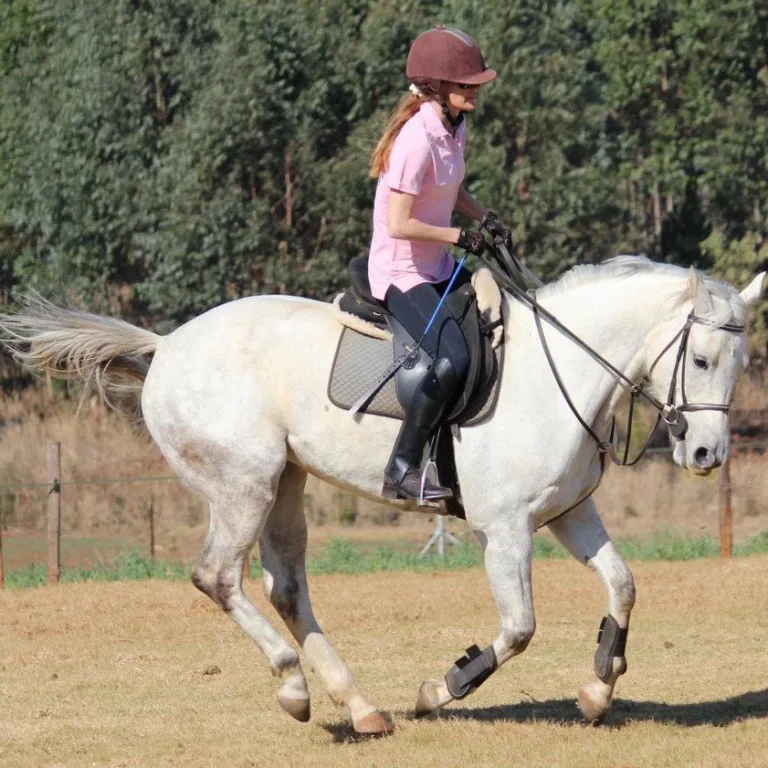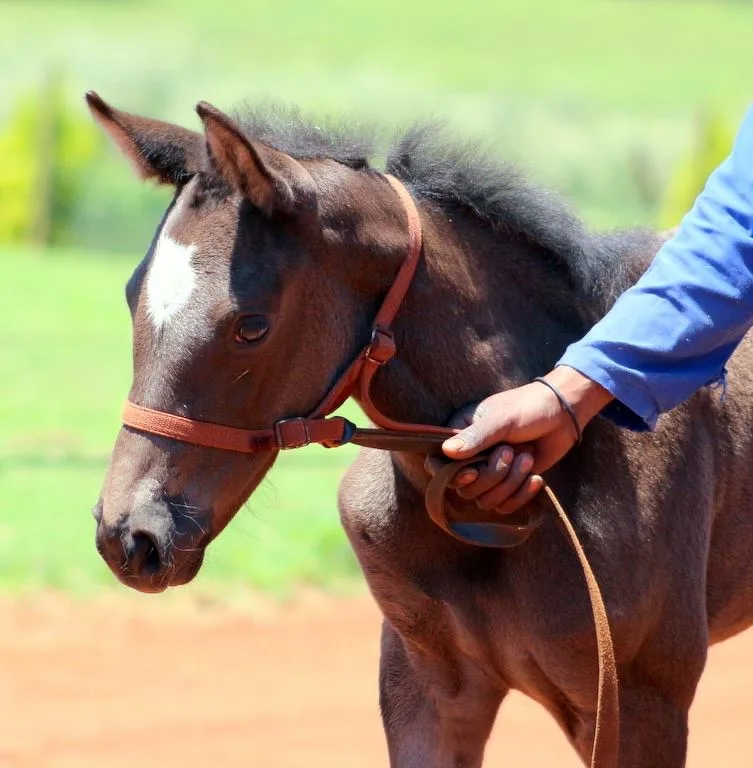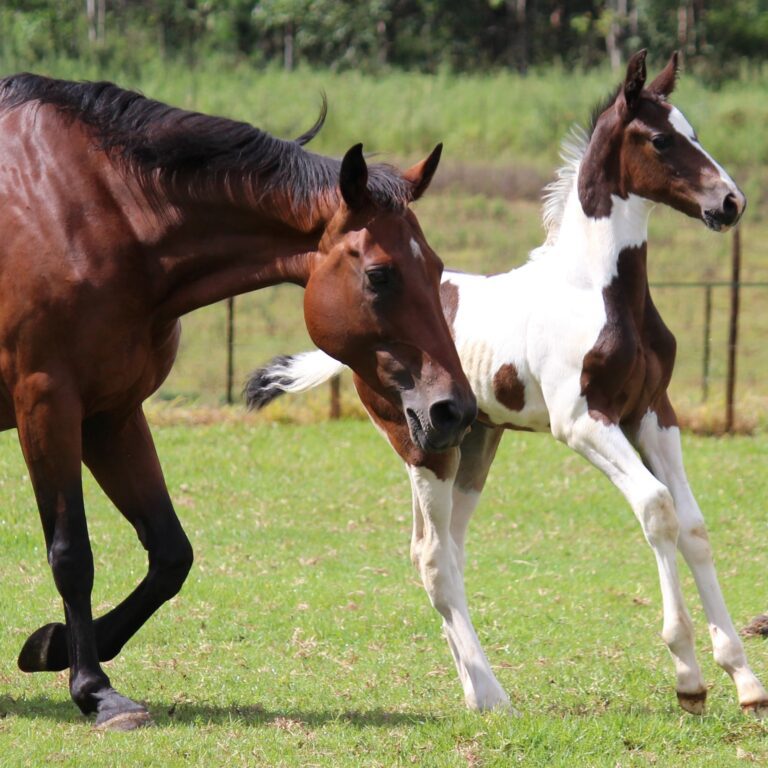From Dream to Reality: Your Complete Guide to Buying Your First Horse
You’ve dreamt about this moment – owning your very first horse. Those endless hours scrolling through horse listings, the riding lessons that have sparked your passion, and now you’re ready to take that exciting leap into horse ownership. But where do you begin?
Buying your first horse is like finding a dance partner for life. You need the right match – one that suits your experience, fits your goals, and brings out the best in you. While it’s tempting to follow your heart and fall for the first pretty face you see, successful horse ownership starts with smart decisions and proper preparation.
That’s exactly why we’ve created this guide. We’ll walk you through each step of the horse-buying process, sharing practical advice that comes from years of experience in matching first-time buyers with their perfect equine partners. From understanding your needs to knowing what questions to ask at a viewing, we’ve got you covered.
Think of this guide as your trusted friend in the horse-buying journey – one who’s been there, made the mistakes, and learned the lessons so you don’t have to. We’ll help you navigate the exciting path ahead with confidence and clarity.
Ready to turn your dream of horse ownership into reality? Let’s get started on this adventure together.
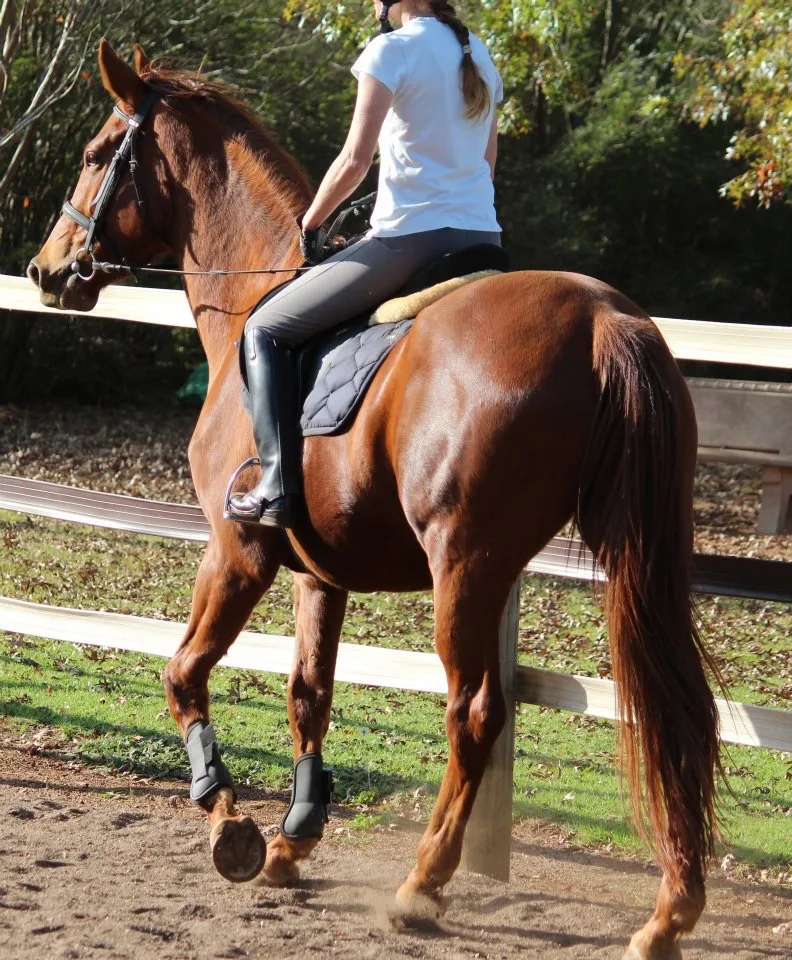
Self-Assessment: Are You Ready for Horse Ownership?
Before you start seriously browsing horse listings, let’s take a moment to ensure you’re set up for success. Think of this self-assessment as creating a strong foundation for your horse-owning journey – just like you’d want solid ground to build a barn.
Your Riding Experience
Think about your time in the saddle. Have you been taking regular lessons? Working with different horses? The more honest you are about your experience level, the better equipped you’ll be to find the right match. A quiet, experienced horse might be perfect if you’re still building confidence, while a more spirited mount could suit someone with years of handling different horses.
Setting Clear Goals
Picture your perfect day with your horse. Is it a peaceful trail ride through the countryside? Practicing for your first dressage test? Or maybe teaching your horse new tricks? Your goals will help guide you toward the right horse and discipline. They’ll also help you plan for any additional training or equipment you might need.
Time in Your Life
Owning a horse is like having a 1,000-pound athlete as your training partner – they need daily attention! Even with full boarding, plan to spend at least an hour a day at the barn for basic care and riding. On weekends, you might spend several hours grooming, riding, and bonding with your horse. Does your schedule have room for this commitment?
The Financial Picture
Let’s talk numbers honestly. Beyond the purchase price, horses need ongoing care. Here’s a quick monthly breakdown:
- Board: $400-800
- Farrier: $50-150
- Regular vet care: $50-100
- Feed and supplements: $50-200
- Emergency fund: $100-200 recommended monthly savings
Add in occasional expenses like dentistry, vaccines, and unexpected vet visits, and you’re looking at a significant monthly investment. Having this clear financial picture helps you make sustainable choices for long-term horse ownership.
This self-assessment isn’t about finding reasons not to buy a horse – it’s about setting yourself up for a successful and joyful partnership with your future four-legged friend. When you’re confident about these fundamentals, every other decision becomes much clearer.

Pre-Purchase Planning: Setting Yourself Up for Success
Before you start horse shopping, let’s get your support system in place. Think of it as building your horse-care team – a group of professionals who’ll help keep your future friend healthy and happy.
Finding Your Home Base
Start by exploring boarding facilities in your area. Visit during different times of the day to see how they operate. Look for:
- Clean, safe stalls and fencing
- Well-maintained riding areas
- Knowledgeable staff
- Clear feeding and turnout schedules
- A positive atmosphere among boarders
Remember to ask about their policies, costs, and what’s included in board. Some places provide full care, while others might expect you to handle daily tasks.
Building Your Dream Team
Every horse owner needs these key professionals:
Your Trainer
Find someone who matches your riding goals and teaching style. They’ll be crucial in helping you evaluate potential horses and continue developing your skills. Schedule a few lessons with different trainers until you find the right fit.
Your Veterinarian
Connect with a local equine vet before you buy. They’ll not only handle pre-purchase exams but also provide ongoing care. Ask other horse owners for recommendations, and arrange a quick meet-and-greet to discuss their services.
Your Farrier
Good hoof care is essential for your horse’s well-being. Look for a farrier who’s reliable, experienced, and communicates well. They should be willing to explain their work and answer your questions.
Understanding Insurance
Consider two main types of coverage:
- Mortality insurance (like life insurance for your horse)
- Major medical (helps with unexpected vet bills)
Talk to an equine insurance agent about options that fit your budget and needs.
Essential Equipment
Start gathering basic supplies:
- Grooming kit
- Halter and lead rope
- Basic first aid supplies
- Stable tools (muck fork, wheelbarrow)
- Riding gear (saddle, bridle, protective boots)
Pro tip: Don’t buy everything at once. Wait until you know your horse’s size and specific needs for some items.
This preparation phase might feel like a lot, but having these pieces in place makes the transition to horse ownership much smoother. Think of it as creating a cozy home before bringing your new family member home
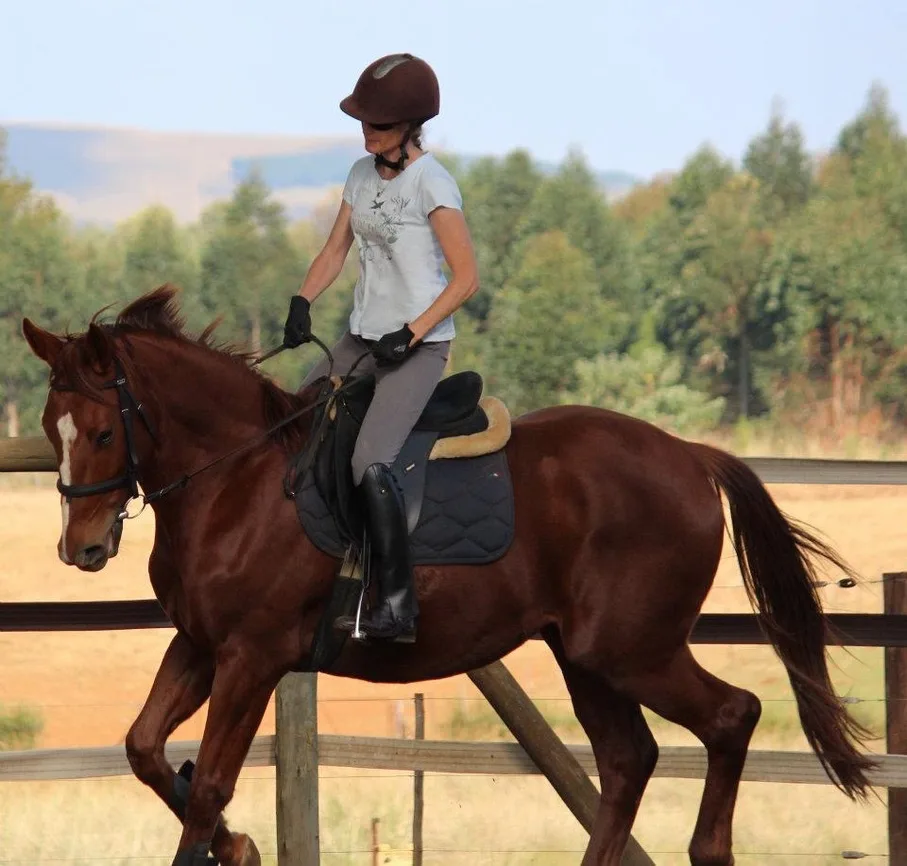
Horse Selection Criteria: Finding Your Perfect Match
Let’s talk about what to look for in your first horse. Just like finding the right dance partner, you need a horse that matches your experience, goals, and personality.
Age Matters
For most first-time buyers, a horse between 8-15 years old is ideal. Here’s why:
- They’ve been there, done that
- Their personality is well established
- They’re mature enough to be reliable, yet young enough for years of partnership
- They often have solid training foundations
Picking the Right Breed
While any breed can make a wonderful first horse, some traits might better suit your needs. Consider:
- Quarter Horses: Known for their calm temperaments and versatility
- Morgan Horses: Often friendly and willing to please
- Draft crosses: Usually level-headed and confidence-building
- Thoroughbreds: Can be athletic and rewarding, but might need more experienced handlers
Individual personality matters more than breed.
Experience Level Matching
Your first horse should be:
- Already trained in your chosen discipline
- Comfortable with basic handling (grooming, farrier, vet care)
- Reliable under saddle
- Patient with learning riders
- Forgiving of minor mistakes
Health Considerations
Watch for these common issues:
- Signs of lameness or irregular movement
- Breathing problems during exercise
- Poor condition of feet and teeth
- Signs of past injuries or surgeries
- General body condition and coat health
Red Flags to Notice
Be cautious if the horse:
- Shows aggressive behavior
- Seems heavily sedated during viewing
- Has a history of frequent selling
- Comes with limited health records
- Shows signs of nervousness with basic handling
The right horse for you will have a combination of good health, suitable training, and most importantly, a temperament that matches your confidence level. Think of it as finding a teacher – you want one who can help you learn and grow while keeping you safe.

The Search Process: Finding Your Horse
Now comes the exciting part – actually looking for your horse! Let’s break down where to look and how to make the most of your search.
Where to Find Horses for Sale
- Local riding stables and trainers
- Trusted online equestrian marketplaces
- Word of mouth in your horse community
- Breed-specific associations
- Local horse shows and events
Pro tip: Let your trainer and barn friends know you’re looking. Some of the best horses are sold through word of mouth before they’re even listed.
Working with Sellers
When you contact a seller, ask these key questions:
- Why are they selling?
- What’s the horse’s daily routine?
- What level rider are they suitable for?
- Any health issues or maintenance needs?
- Current vaccination and deworming status
- Price and what it includes
Viewing the Horse
Always bring your trainer or an experienced horse person to viewings. Here’s your viewing checklist:
- Watch the horse being caught and led from the field
- Observe grooming and tacking up
- See the horse ridden by the current owner
- Watch ground handling and basic manners
- Ride the horse yourself (if you feel comfortable)
- Take videos for later review
- Ask to see the horse on different days if possible
Red Flags During Viewings
- Seller rushes you or seems evasive
- Won’t let you handle the horse
- Makes excuses about health records
- Horse appears different from advertisements
- Pressure to make an immediate decision
There is no such thing as too many questions when it comes to finding the right horse. A good seller will appreciate your thoroughness and want to make sure it’s a good match for both you and the horse.
Trust your instincts – if something feels off, it probably is. There are plenty of horses out there, and the right one is worth waiting for.
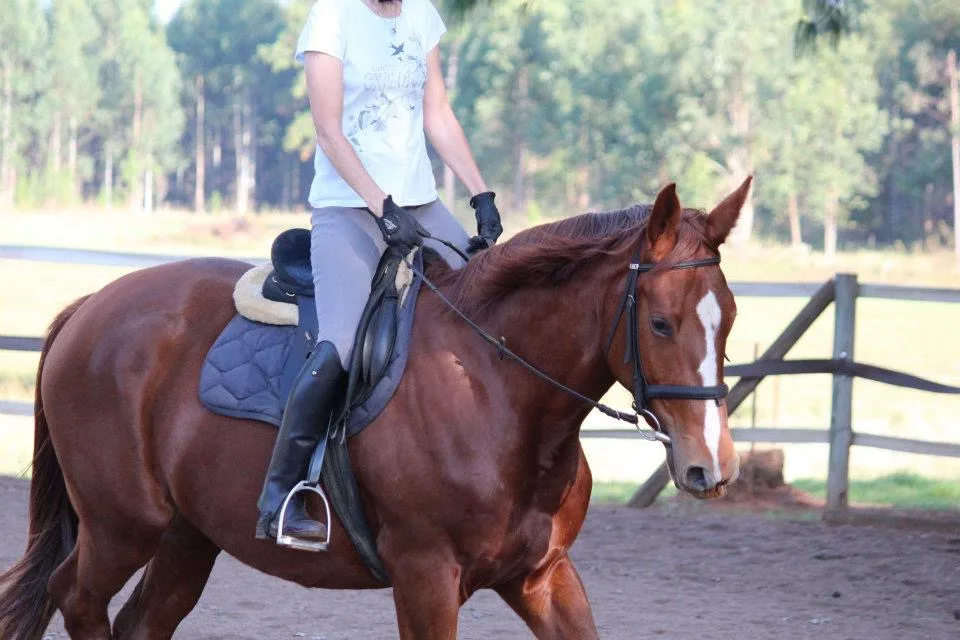
Professional Evaluation: Making Sure Your Horse is Sound and Suitable
Now that you have found a horse you love – it’s time for the professionals to take a look. Think of this as a home inspection – but for your potential four-legged friend.
The Pre-Purchase Exam
Read here for an in-depth read on what to expect
Your vet will check:
- Overall health and condition
- Heart and lungs
- Eyes and teeth
- Joints and movement
- Hooves and legs
- Blood work (if requested)
They’ll watch the horse:
- Walking and trotting in straight lines
- Moving in circles
- Backing up
- Flexing joints
- Responding to pressure tests
Performance Assessment
Have your trainer evaluate the horse for:
- Riding ability in your discipline
- Response to aids
- Behavior under stress
- Work ethic
- Training gaps that might need filling
Document Review
Ask to see:
- Vaccination records
- Deworming history
- Previous vet records
- Competition records (if any)
- Registration papers
- Bill of sale from previous owner
Trial Period Gold
If possible, arrange a trial period. This gives you time to:
- Ride in different situations
- See how the horse handles your care routine
- Test their behavior in various settings
- Make sure they fit in at your barn
- Confirm they’re the right match
A two-week trial is ideal, but even a few days can tell you a lot about your potential partner.
A thorough evaluation now can save you much heartache (and money). Don’t skip this step, even if you’re head over heels in love with the horse. A good seller will understand and support your desire to do things right.
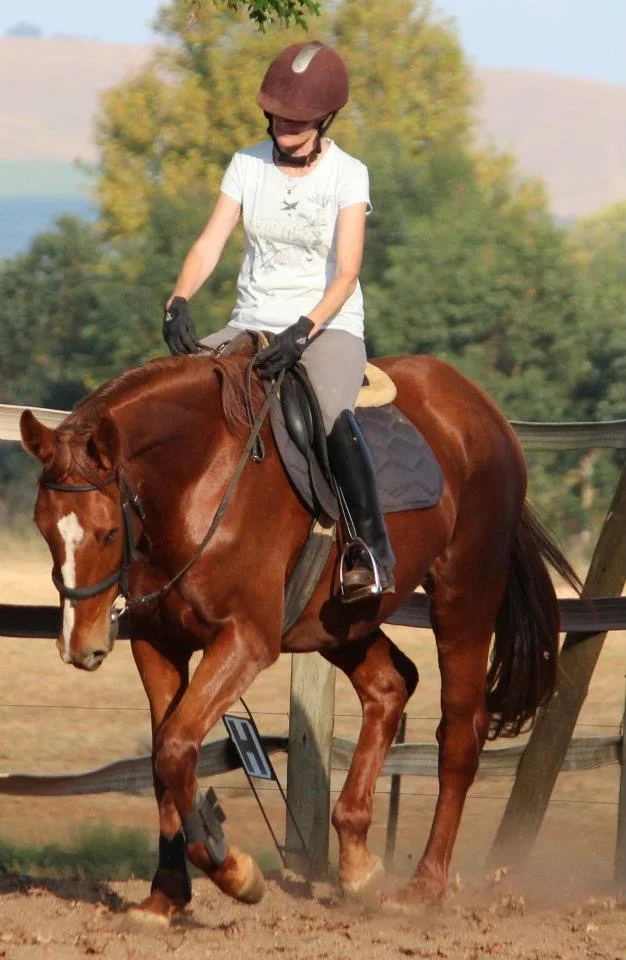
Making the Purchase: Sealing the Deal
You’ve found the right horse, done your homework, and now it’s time to make it official. Let’s walk through the final steps of bringing your new friend home.
Negotiating the Price
Keep these tips in mind:
- Start with a fair offer based on your research
- Factor in any training or health issues discovered
- Consider including tack or equipment in the deal
- Get the final price in writing
- Be ready to walk away if things don’t feel right
The Sales Contract
A good contract should include:
- Purchase price and payment terms
- Full description of the horse
- Any warranties or guarantees
- Health and soundness disclosures
- Return policy (if any)
- Who pays for transportation
- List of included items
Pro tip: Have an equine lawyer review the contract before signing. It’s worth the extra cost for peace of mind.
Essential Paperwork
Make sure you get:
- Registration papers (if applicable)
- Health certificate
- Coggins test results
- Vaccination records
- Any competition records
- Transfer of ownership forms
Moving Day
Plan your transport carefully:
- Book a reliable shipper or ensure your trailer is ready
- Prepare your horse’s new stall
- Pack first-aid supplies for the journey
- Have hay and water available
- Keep the previous owner’s number handy
- Plan for a smooth arrival at your barn
The First Days
Give your horse time to settle in:
- Keep their routine similar to their old one
- Introduce new things gradually
- Start with quiet groundwork
- Be patient with the adjustment period
- Watch for signs of stress or health issues
This is just the beginning of your journey together. Take your time to bond and build trust before diving into serious training or activities.
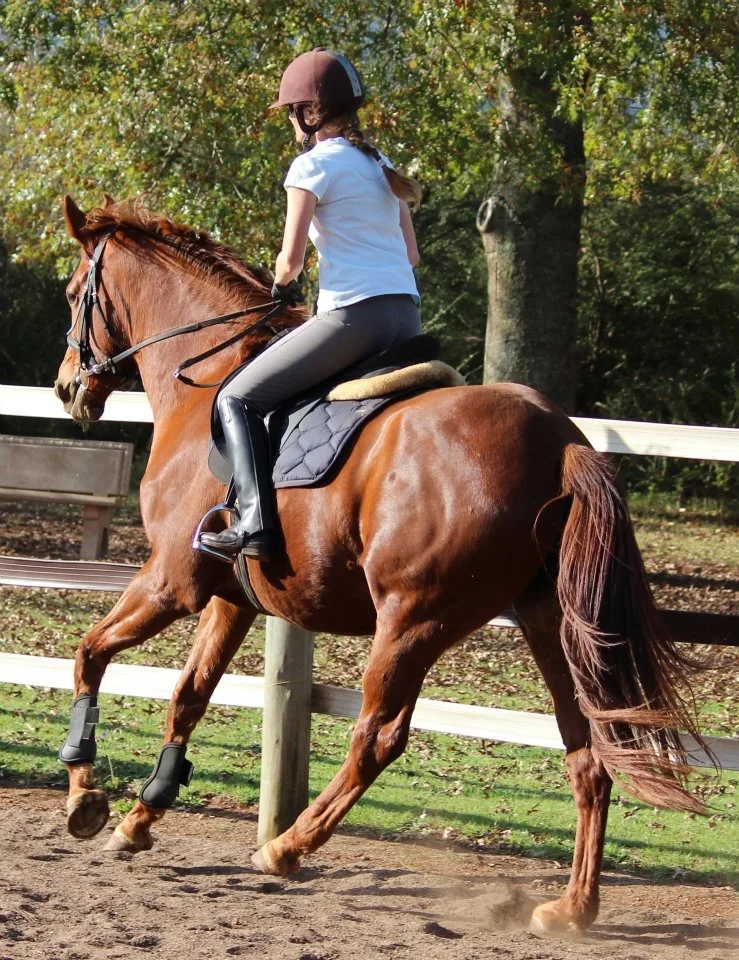
Conclusion: Your New Journey Begins
Congratulations! You’re about to embark on one of life’s most rewarding adventures – horse ownership. Let’s set you up for success with some practical tips for your first month together.
Your First 30 Days Checklist
Week 1:
- Stick to your horse’s familiar routine
- Learn their quirks and preferences
- Keep riding sessions short and positive
- Start a health and training journal
- Take lots of photos and videos to track progress
Week 2:
- Begin introducing your barn’s routine
- Schedule your farrier visit
- Have your vet do a wellness check
- Start learning your horse’s vital signs
Week 3:
- Gradually increase riding time
- Try new activities together
- Meet other riders at your barn
- Fine-tune your feeding schedule
Week 4:
- Set some simple training goals
- Plan your exercise schedule
- Establish your grooming routine
- Create your monthly care calendar
Building Your Bond
The key to a great partnership is patience. Spend time just being together – grooming, hand-grazing, or simply watching your horse. These quiet moments often create the strongest connections.
Getting Support
Don’t be afraid to ask for help! Your support team is there for you:
- Your trainer for riding guidance
- Experienced barn mates for daily tips
- Your vet and farrier for health advice
- Online communities for extra support
Looking Ahead
Set realistic goals for your first year together. Maybe you want to:
- Master groundwork basics
- Join a local show
- Hit the trails
- Learn a new discipline
Remember, every experienced horse owner started exactly where you are now. Take it one day at a time, celebrate small victories, and most importantly – enjoy the journey with your new friend.
Welcome to the wonderful world of horse ownership!
Further reading
Helpful Resources & Downloads
Online Resources
- The United States Equestrian Federation (USEF): Official guidelines and education
- American Association of Equine Practitioners (AAEP): Veterinary resources
- State Horse Councils: Local regulations and community connections
- TheHorse.com: Science-based horse health information
- Equine Extension Programs: University-based research and education
Recommended Books
- “The Complete Horse Care Manual” by Colin Vogel
- “Horse Owner’s Veterinary Handbook” by James Giffin
- “The Original Horse Bible” by Moira C. Harris
- “Basic Horse Care & Management” by Eleanor Kellon

